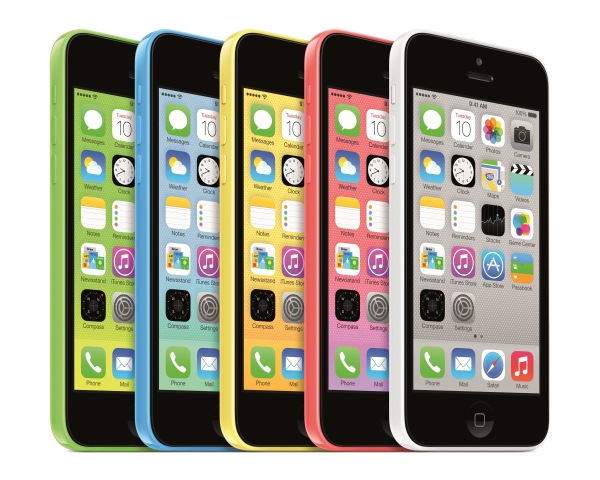Investing
Apple Tops Google and Coke in Brand Valuation
Published:
Last Updated:
Whatever damage Apple Inc. (NASDAQ: AAPL) has sustained in the stock market as its hyper-growth slows to more modest levels, it still owns the most valuable brand in the world. In the annual Interbrand survey, that value rose 28% to $98.3 billion. Google Inc. (NASDAQ: GOOG) trailed in second place, up 34% to $93.3 billion. One of the world’s older brands, Coca-Cola Co. (NYSE: KO) posted third, up only 2% to $79.2 billion.
Tech dominated the balance of the top 10 in the Interbrand 2013 study. International Business Machines Corp. (NYSE: IBM) was fourth at $78.8 billion, up 4%. Microsoft Corp. (NASDAQ: MSFT) was next, up 3% to $59.5 billion, followed by General Electric Co. (NYSE: GE) up 7% to $46.9 billion. McDonald’s Corp. (NYSE: MCD) was number seven at about $42.0 billion, up 5%. Tech took the next top places — Samsung in the number eight spot, up a sharp 20% to $39.6 billion, and Intel Corp. (NASDAQ: INTC) down 5% to $37.3 billion. It was the only brand in the top 10 to lose value. Toyota Motor Corp. (NYSE: TM) was in tenth place with a brand value of $35.3 billion, up 17%.
It tells a great deal about the revival of the car industry that the next two places on the brand list are held by Mercedes, up 6% to $31.9 billion, and BMW at $31.8 billion, up 10%. The two luxury brands may sell many fewer cars than Toyota. However, the price of each company’s vehicles is almost certainly well above Toyota’s.
One lesson from the Interbrand survey is that great brands are hard to kill. Many people will be surprised that Apple is at the top, and that other troubled brands like GE and Microsoft can make it into the top 10. Each of these, however, is universally known. Although revenue growth at each of the public companies has faltered, they are still among the largest corporations in the world.
The primary weakness of the Interbrand survey is that its methodology is a black box. Perhaps because it is in the consulting business, Interbrand does not want to disclose too much of what it sells to companies interested in improving brand value. The methodology includes financial evaluation, brand strength and the role of the brand. Some of the world’s largest brands have been left out for subjective purposes:
Telecommunications, for example, tends to be strongly oriented to national markets and faces awareness challenges outside of home markets. The airline industry is highly capital intensive and, typically, operates on narrow margins. This means that airline brands struggle to achieve positive economic profits over the long term. Major pharmaceutical companies, while valuable businesses, are also omitted. This is because consumers tend to build a relationship with the product brands rather than with the corporate brand owner, and there is insufficient publicly disclosed financial data on pharmaceutical product brands to meet Interbrand’s criteria.
The Interbrand measurement approach may be short of perfect. It does, however, show how long brand value can endure, even if the brands are owned by faltering companies.
The average American spends $17,274 on debit cards a year, and it’s a HUGE mistake. First, debit cards don’t have the same fraud protections as credit cards. Once your money is gone, it’s gone. But more importantly you can actually get something back from this spending every time you swipe.
Issuers are handing out wild bonuses right now. With some you can earn up to 5% back on every purchase. That’s like getting a 5% discount on everything you buy!
Our top pick is kind of hard to imagine. Not only does it pay up to 5% back, it also includes a $200 cash back reward in the first six months, a 0% intro APR, and…. $0 annual fee. It’s quite literally free money for any one that uses a card regularly. Click here to learn more!
Flywheel Publishing has partnered with CardRatings to provide coverage of credit card products. Flywheel Publishing and CardRatings may receive a commission from card issuers.
Thank you for reading! Have some feedback for us?
Contact the 24/7 Wall St. editorial team.